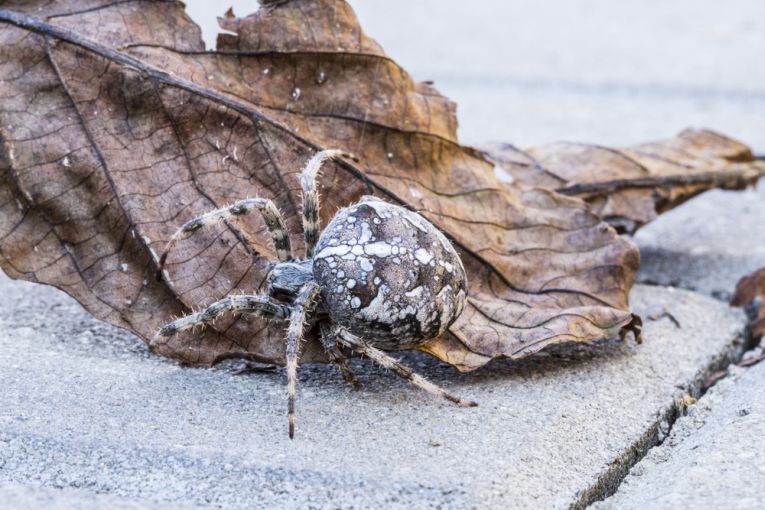Spiders can co-evolve with their webs, so what happens when one builds a giant bridge? The new species of Madagascan bark spider, Caerostris darwini has realistically amazed engineers with the thickness and strength of its silk. The reason for this tough silk is that it is adapted for its purpose. This is to hold up giant orb-webs where stream, lakes and even large rivers need to be crossed. Remember the function is not that of human bridges, but almost purely for catching prey.
Matjaž GregoriÄ of the Slovenian Academy of Sciences and Arts, Ljubljana, and his colleagues, Ingi Agnarsson, Todd A. Blackledge and Matjaž Kuntner published some most interesting research in PLoS ONE.
In Andasibe Mantadia National Park, in the east of the island, numerous spiders were building their enormous bridge lines and orb webs. Individuals descend on a dragline from vegetation and perform the familiar spiderling trick of releasing silk into the wind. (This is how young spiders disperse in most similar species.) Many threads are released to form a single combined line. This takes about 24 seconds to consolidate. The ideal solution for the spider is entanglement in the vegetation on the opposite side of the water. The line is then reeled in, increasing the tension. The brave explorer then crosses, but disposes of the original line, as it makes a second as it progresses, lying it carefully behind it as it crosses.
Reinforcement, especially at the stressful anchor points, follows the establishment of the "bridgehead." A third attachment to vegetation sticking out of the water was achieved in many cases by a descent from the original line. This led to several webs in the middle of water bodies, using the third line as an attachment to vegetation growing in the middle.
The structures now appeared horizontal with a vertical thread, unlike the normal "Y" that other orb spiders build. You could call it a "T." A capture web was built below the bridge line, but no more than the stereotyped 3 anchor points were ever used. The basic structure took between 5 and 163 minutes to form, with from 6 to 43 minutes then spent on the vertical and the web frame. It then took up to an hour to complete the spirals and radii of the capture web.
And the unknown behaviours involved in this construction event were then checked for any alternative mechanisms. Few changes to the stereotype ever succeeded, so we can assume this model is highly successful. And the prey? Flies, of course.
It is to be hoped that these unique arachnids catch more insects, hatching from the depths of their watery habitat, than they would in the forest alone. The authors believe that the open air above water is obstacle free, so additional exploration by this species is unnecessary. The evolutionary loss of complicated exploration seems to have produced a great, but simple engineering "proto-orb" web!
The co-evolution of this web with the microhabitat it is used in is linked to that tremendous strength. The web is evolved from similar species' constructions and simplified, but we are unable so far to establish whether the potential of the super silk made the river-crossing possible first, or whether other scenarios led to its evolution.










